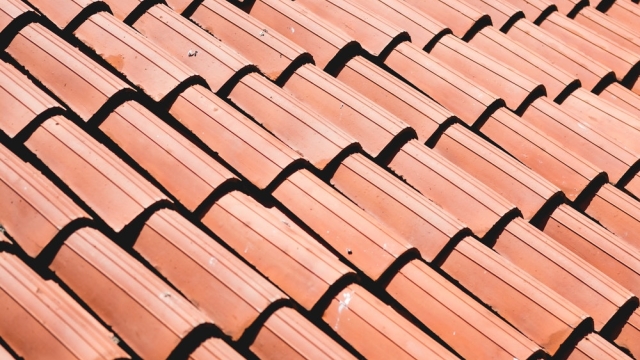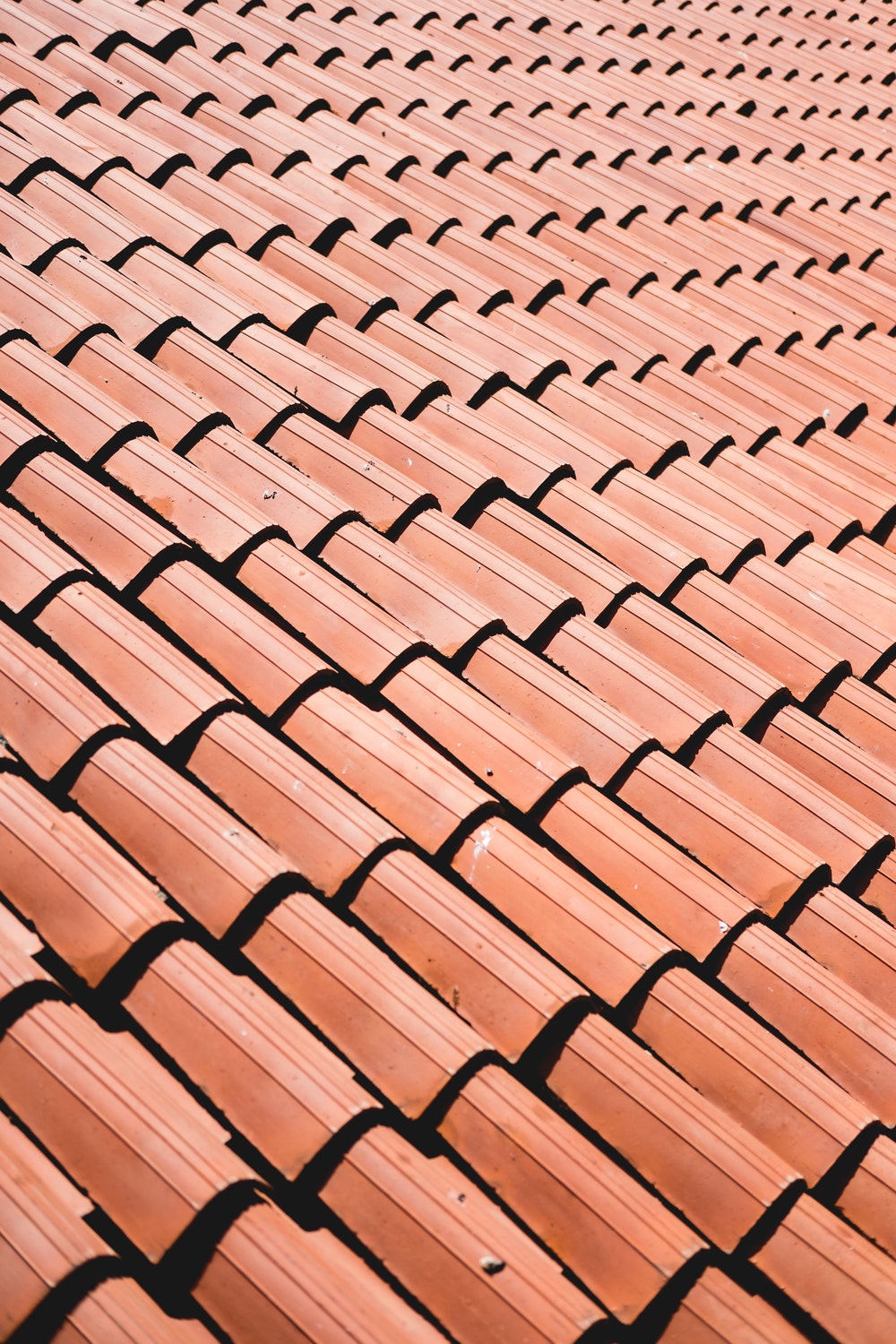
The Ultimate Guide to Roofing: Everything You Need to Know!
Ryan Flores -
Roofing plays a vital role in protecting our homes and buildings from external elements, ensuring safety, comfort, and longevity. From choosing the right materials to understanding the various types of roofs and their installation, this guide will provide you with all the essential knowledge you need to make informed decisions about your roofing needs.
Whether you are a homeowner looking to replace, repair, or maintain your roof, or a professional in the construction industry seeking comprehensive insights, this article will serve as your ultimate resource. We will delve into the different types of roofing materials available, ranging from traditional options like asphalt shingles and clay tiles to more modern alternatives such as metal, wood, and rubber. Moreover, we will discuss the pros and cons of each material, helping you determine which one suits your specific requirements and budget.
Additionally, understanding the various components and features of a roof is crucial for its functionality and durability. We will explore topics like roof framing, underlayment, ventilation, and insulation, shedding light on their importance and how they contribute to the overall performance of your roof. Furthermore, we will dive into the specifics of roof installation, covering aspects like slope, pitch, flashing, and the crucial role of skilled professionals in ensuring a sturdy, leak-free roof.
By the end of this ultimate guide to roofing, you will be equipped with the necessary knowledge to make informed decisions about your roofing projects. Whether you are embarking on a new construction, planning a roof replacement, or simply seeking tips on maintenance and repair, this article will serve as your go-to resource, demystifying the complexities of roofing and enabling you to safeguard your property for years to come. So, let’s explore the fascinating world of roofing together!
The Ultimate Guide to Roofing: Everything You Need to Know!
Different Types of Roofing Materials
When it comes to roofing, there are various types of materials that can be used to protect your home. Each material has its own unique characteristics, pros, and cons. In this section, we will explore the different types of roofing materials available in the market.
-
Asphalt Shingles:
Asphalt shingles are the most commonly used roofing material due to their affordability and durability. They are made of a fiberglass base that is coated with asphalt and mineral granules. Asphalt shingles come in a wide range of colors and styles, making them a popular choice among homeowners. -
Metal Roofing:
Metal roofing has gained popularity in recent years due to its longevity and energy efficiency. It is available in various metals such as steel, aluminum, and copper. Metal roofs are durable, fire-resistant, and can withstand harsh weather conditions. Additionally, they are lightweight and can be installed over existing roofs, reducing the need for a complete replacement. -
Clay Tile:
Clay tile roofing is known for its timeless and elegant appearance. These tiles are made from natural clay and are available in different shapes and colors. Clay tiles are durable, offer good insulation, and are resistant to fire, rot, and insects. However, they can be heavy and may require additional structural support.
Stay tuned for the next sections where we will explore more types of roofing materials and provide you with valuable information to help you make an informed decision.
Factors to Consider When Choosing a Roofing Material
When it comes to choosing the right roofing material for your home, there are several important factors to consider. These factors can greatly impact the durability, aesthetics, and overall performance of your roof. Let’s take a closer look at three key considerations.
-
Climate: One of the most significant factors to consider is the climate in which you reside. Different roofing materials are better suited for specific weather conditions. For example, if you live in an area with high humidity or frequent rainfall, you may want to choose a roofing material that is resistant to water damage, such as asphalt shingles or metal roofs. On the other hand, if you live in a region with extreme temperatures, you might opt for a roofing material that provides better insulation, like clay tiles or slate.
-
Durability: The durability of a roofing material is crucial for the long-term protection of your home. Consider the lifespan of the different options available. Some materials, like metal roofs or clay tiles, can last for several decades, while others may need more frequent maintenance or replacement. Additionally, factor in the resistance of the material to elements such as wind, UV rays, and impact from debris. Selecting a durable roofing material can save you money and hassle in the long run.
-
Style and Aesthetics: Your roof plays a significant role in the overall appearance of your home. Different roofing materials have their own unique styles and aesthetics. Consider the architectural style of your house and choose a roofing material that complements its design. For example, asphalt shingles are a popular and versatile option that can suit various architectural styles, while slate or wood shingles may be more suitable for a rustic or traditional look. Explore the different options available and consider how each will enhance the visual appeal of your home.
By taking into account the climate, durability, and style of roofing material, you can select the best option that meets your specific needs and preferences. Remember, choosing the right roofing material is a long-term investment in the protection and beauty of your home.
Roofing Installation and Maintenance Tips
When it comes to roofing installation and maintenance, there are a few key tips to keep in mind. Whether you’re getting a brand new roof installed or simply looking to prolong the lifespan of your current one, these tips can help ensure your roofing remains in top shape for years to come.
Firstly, it is important to hire a professional roofing contractor for your installation needs. They have the knowledge, experience, and equipment necessary to get the job done right. A reputable contractor will assess your roof’s condition, recommend the appropriate materials, and provide expert installation. Remember, a well-installed roof is the foundation of its longevity.
Regular maintenance is crucial in preserving the condition of your roof. Inspecting the roof for any signs of damage, such as loose or missing shingles, should be done regularly. Addressing these issues promptly can prevent further damage and potential leaks. Additionally, keeping your gutters clean and free from debris is essential to maintain proper drainage and prevent water damage.
Another important maintenance tip is to trim tree branches that hang over your roof. Overhanging branches can scrape against the roof surface, causing damage to the shingles or tiles. Trimming branches away from the roof reduces the risk of this damage and minimizes the potential for fallen debris during storms.
It is also recommended to schedule regular professional inspections for your roof. A trained eye can identify hidden issues that may not be obvious to an untrained individual. By detecting and addressing problems early on, you can avoid costly repairs or even the need for a full roof replacement down the line.
Following these roofing installation and maintenance tips will help ensure the longevity and performance of your roof. Remember, investing in proper installation and regular upkeep is essential for protecting your home from the elements and maintaining its structural integrity.
You may also like
Archives
- December 2025
- November 2025
- October 2025
- September 2025
- August 2025
- July 2025
- June 2025
- May 2025
- April 2025
- March 2025
- February 2025
- January 2025
- December 2024
- March 2024
- February 2024
- January 2024
- December 2023
- November 2023
- October 2023
- September 2023
- August 2023
- July 2023
- June 2023
- May 2023
- April 2023
- March 2023
- February 2023
- January 2023
- December 2022
- November 2022
- October 2022
- September 2022
- August 2022
- July 2022
- June 2022
- May 2022
- April 2022
- March 2022
- February 2022
- January 2022